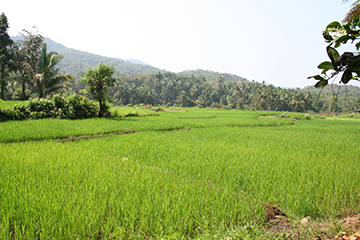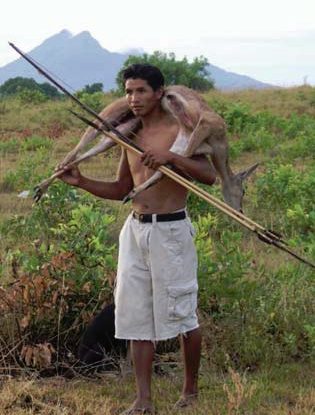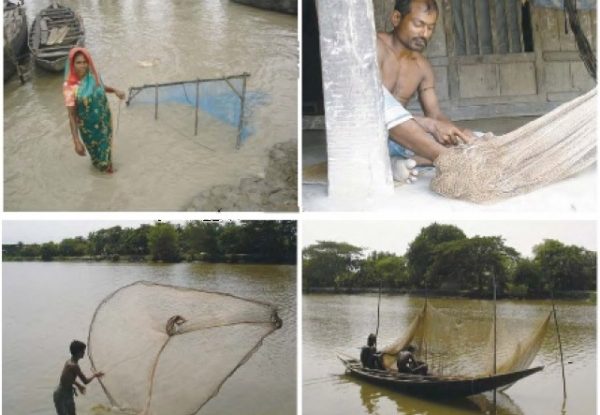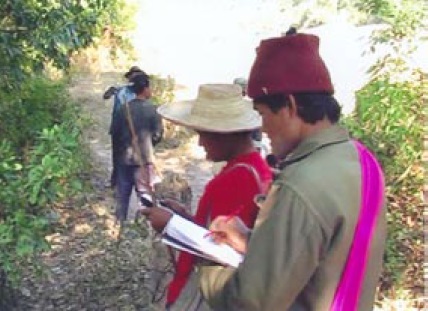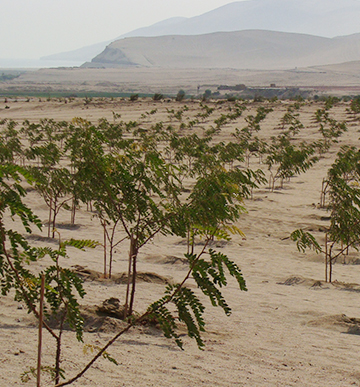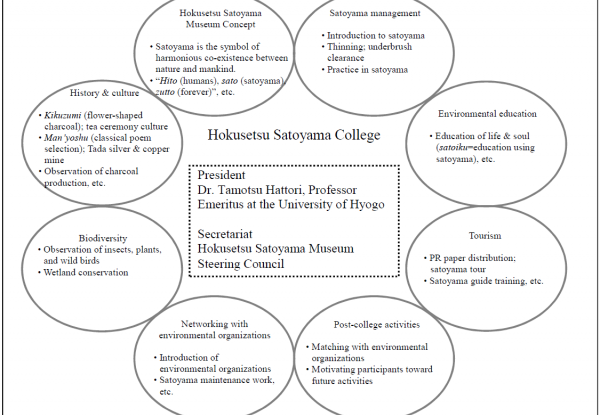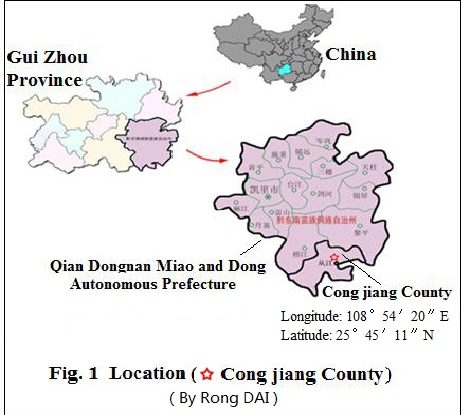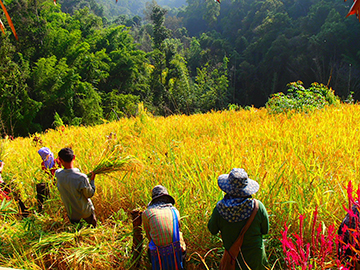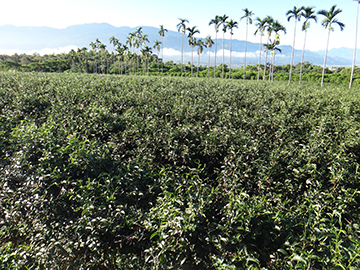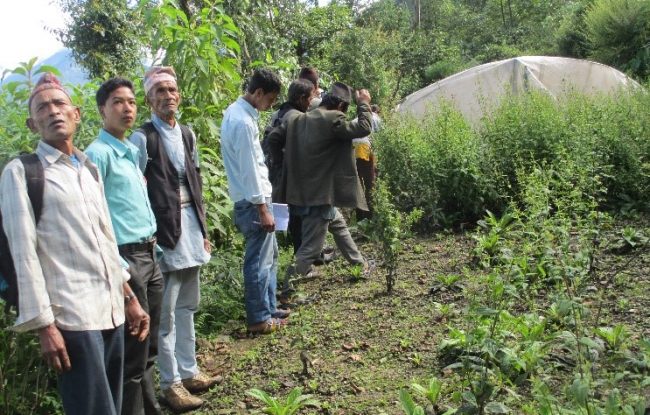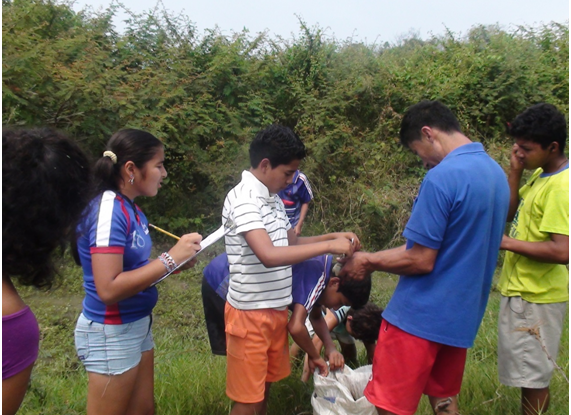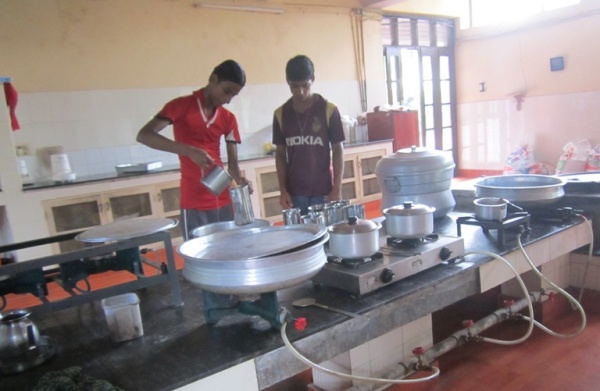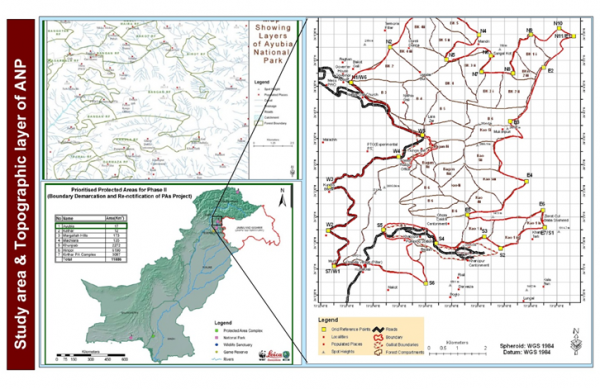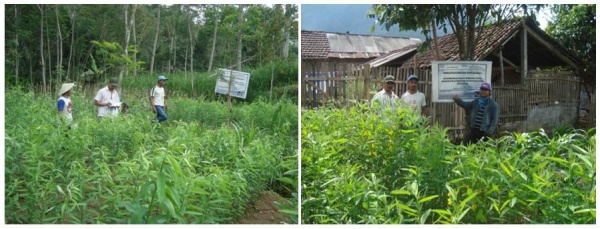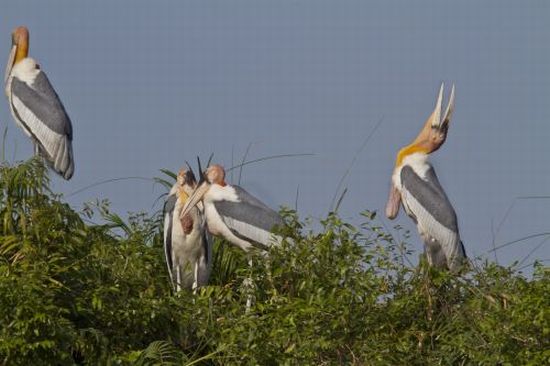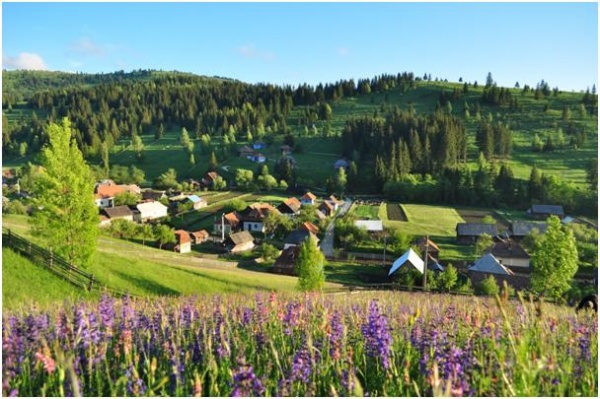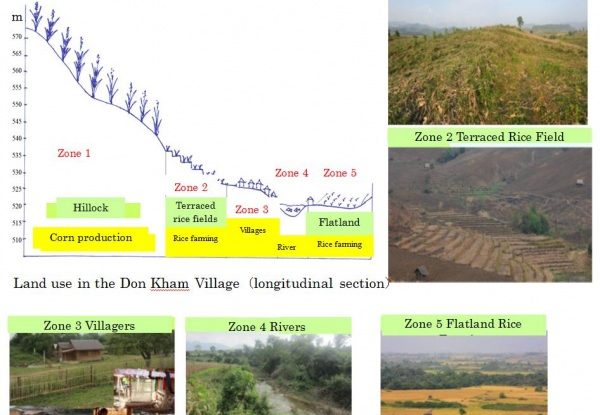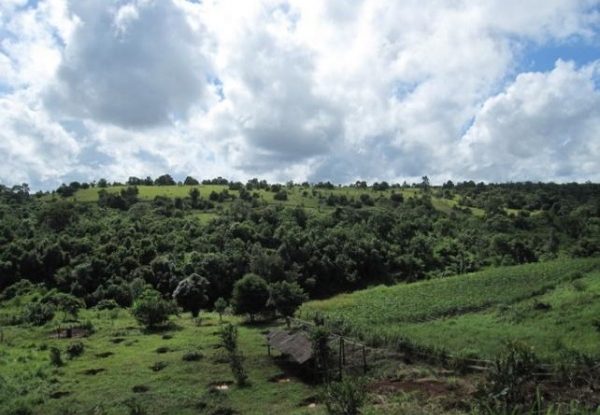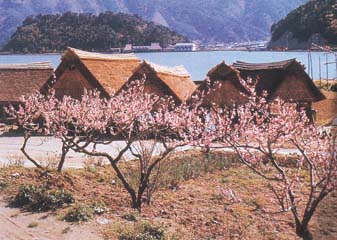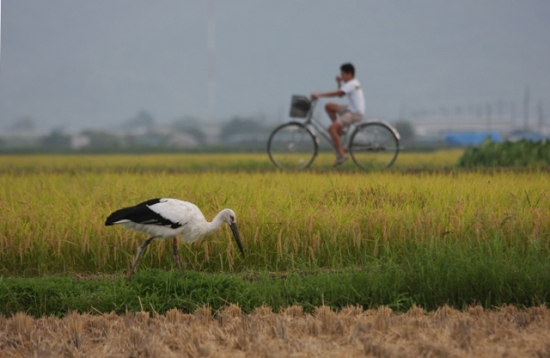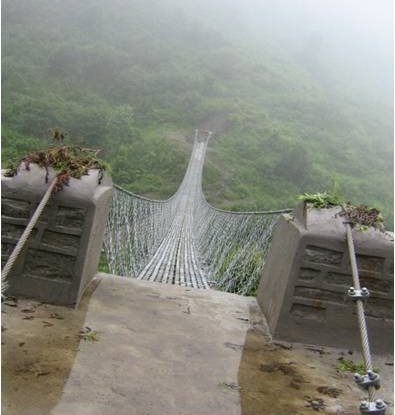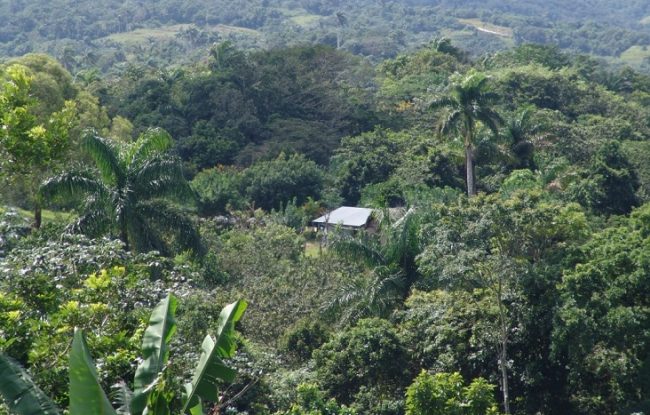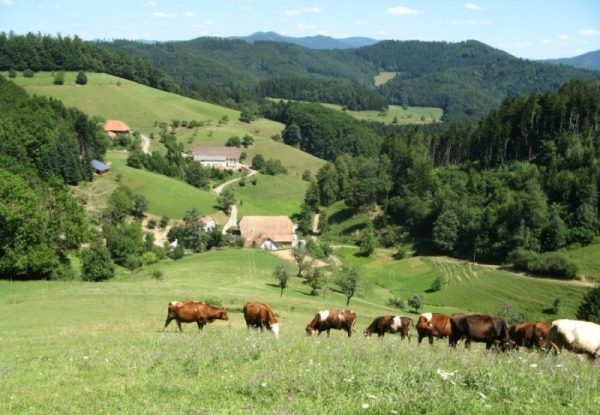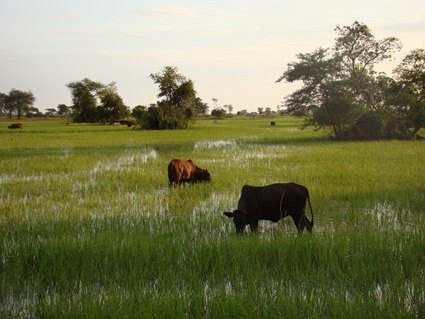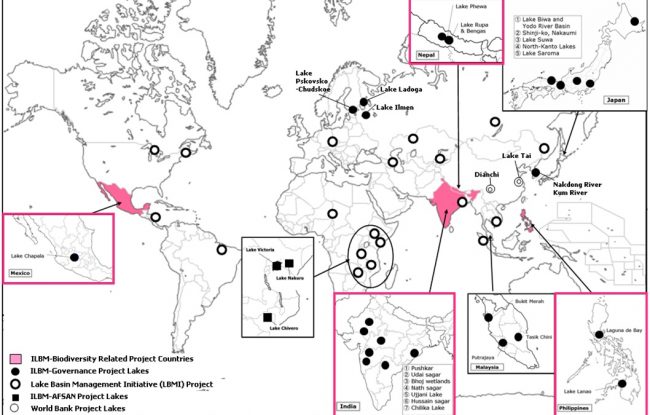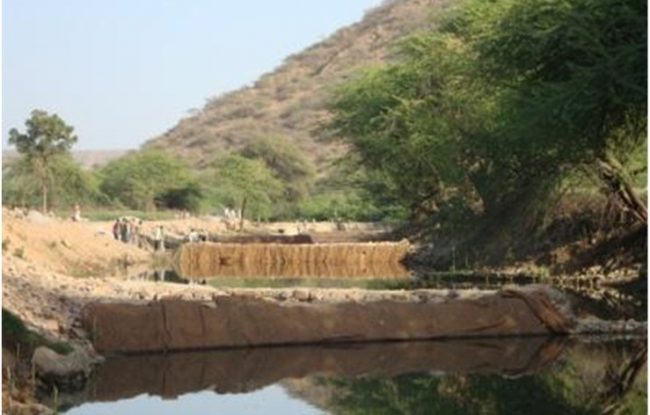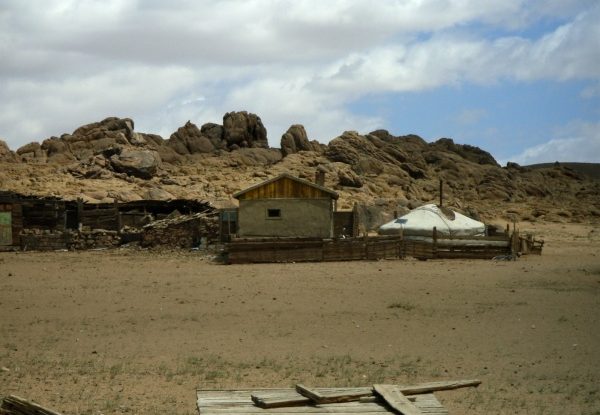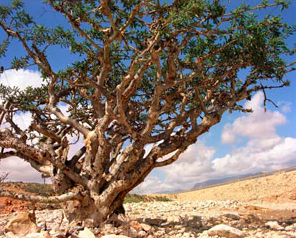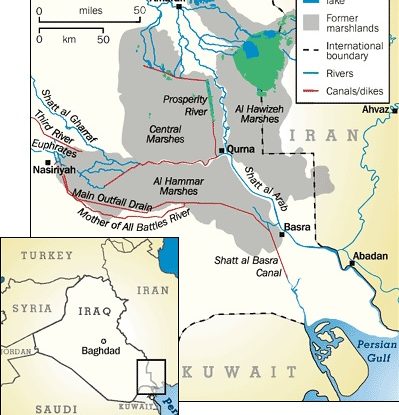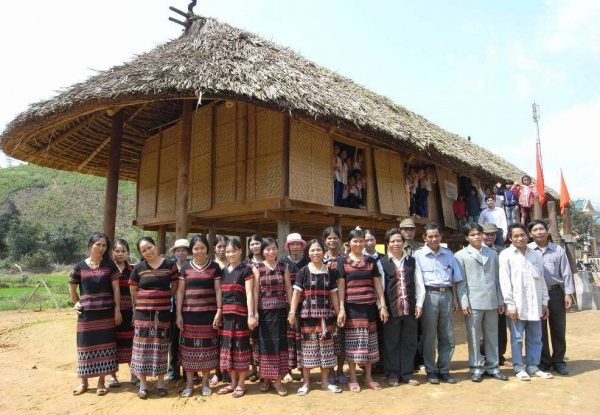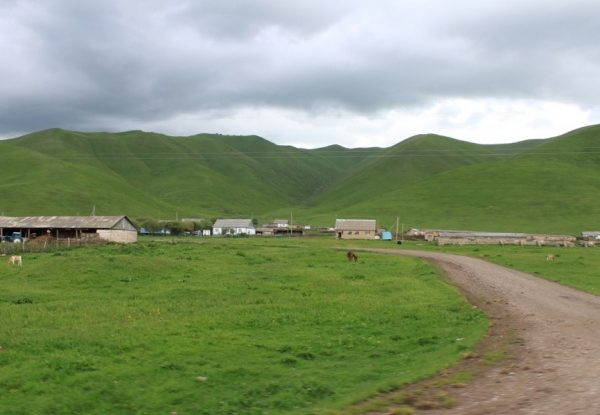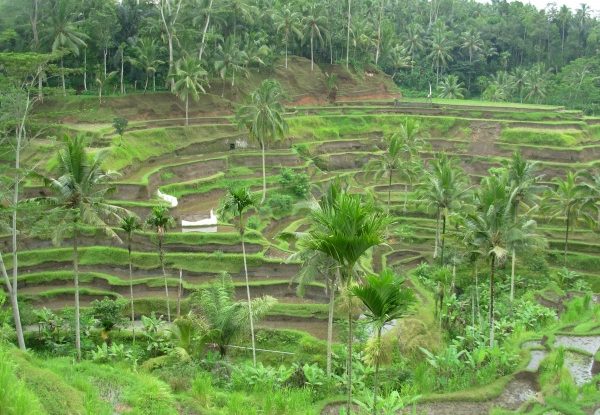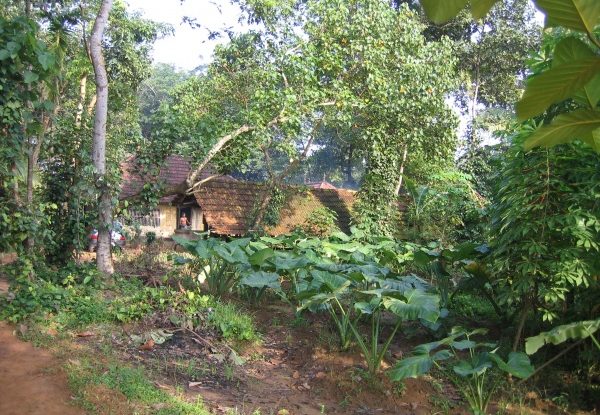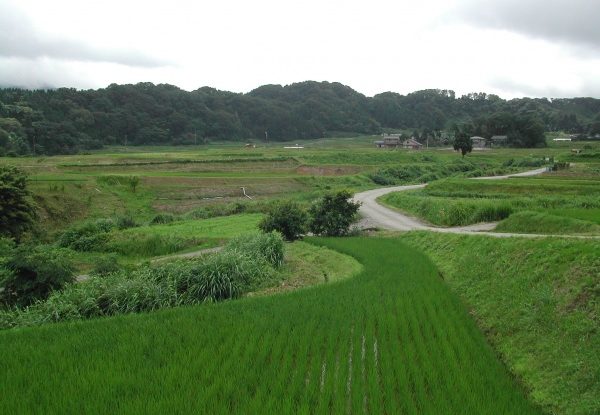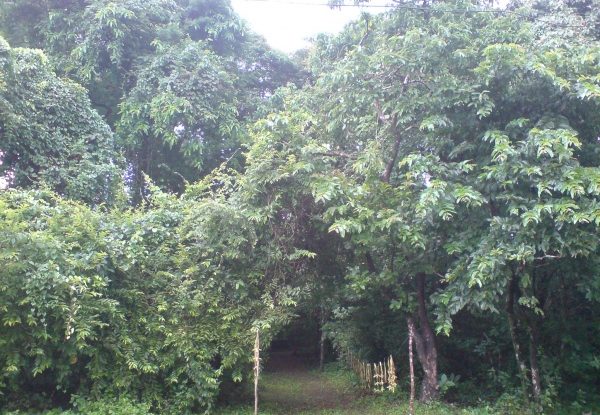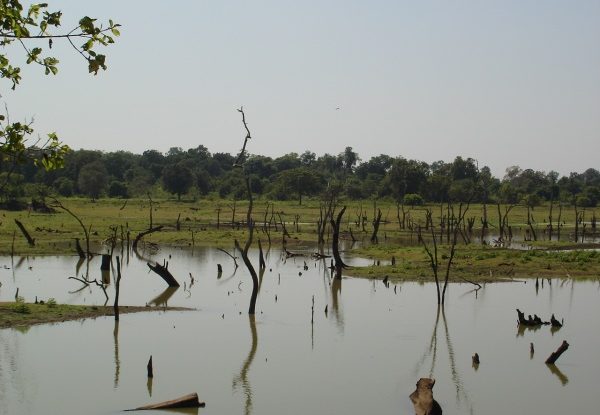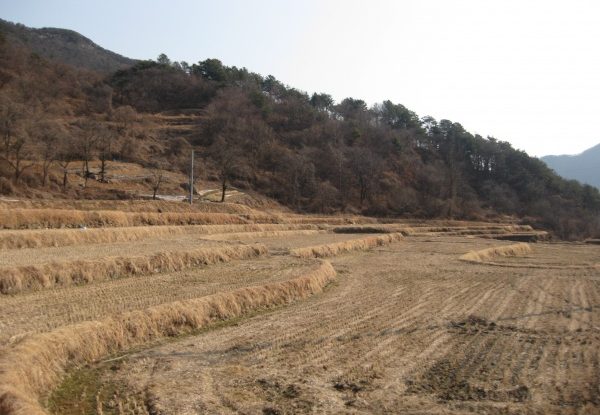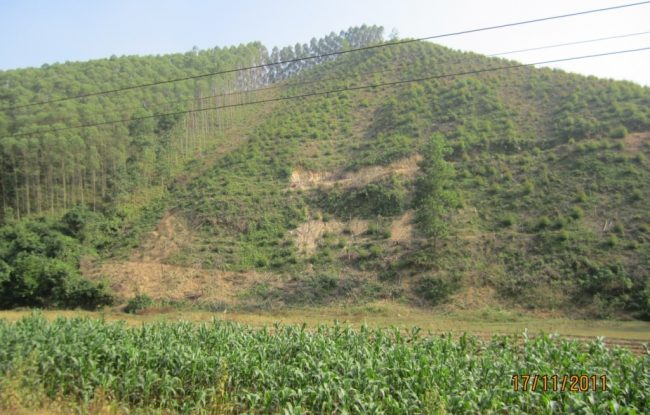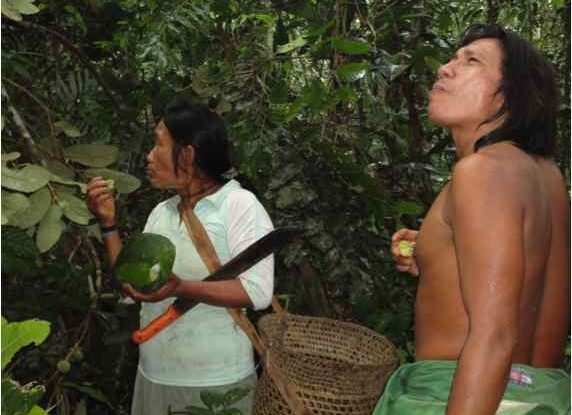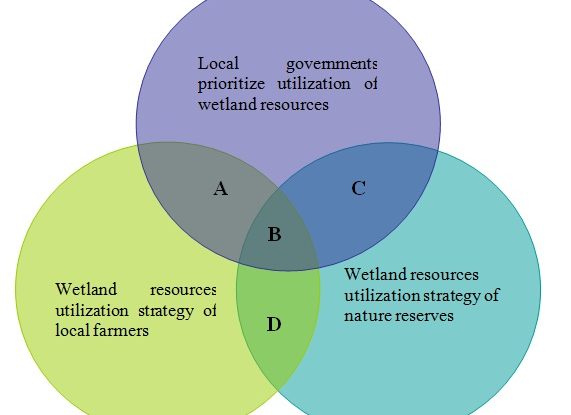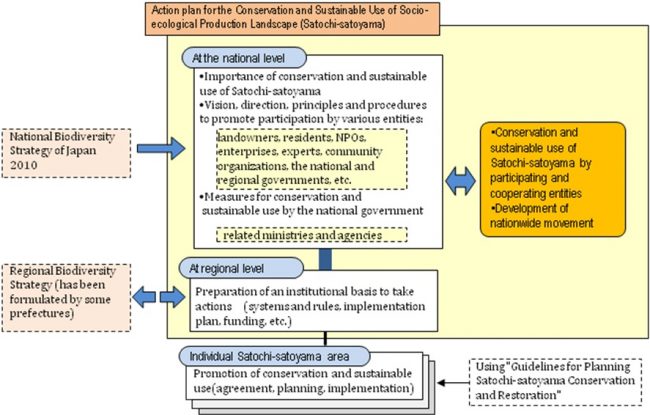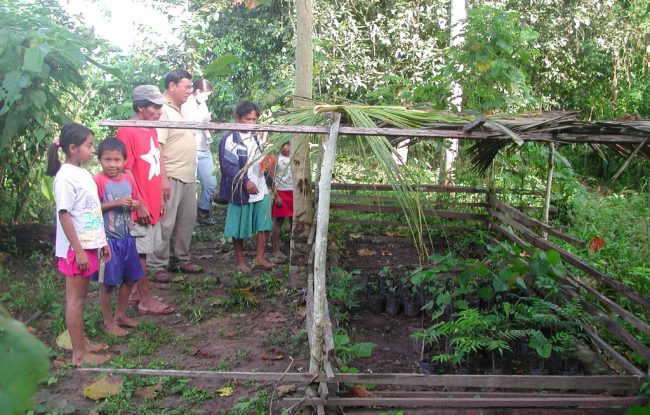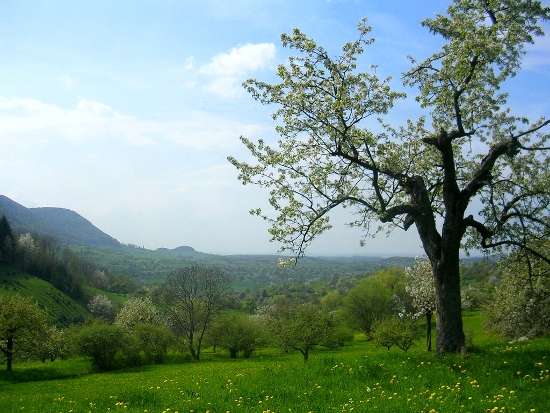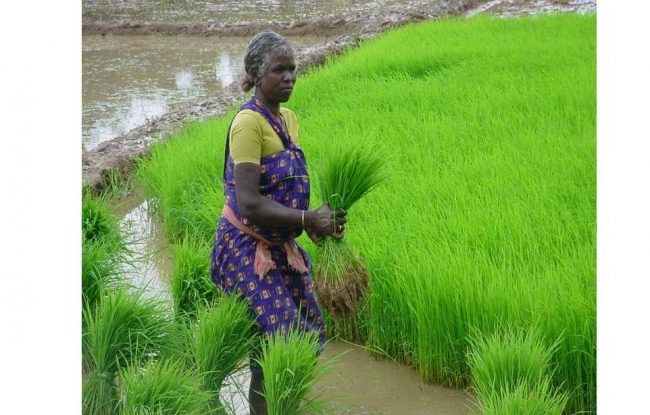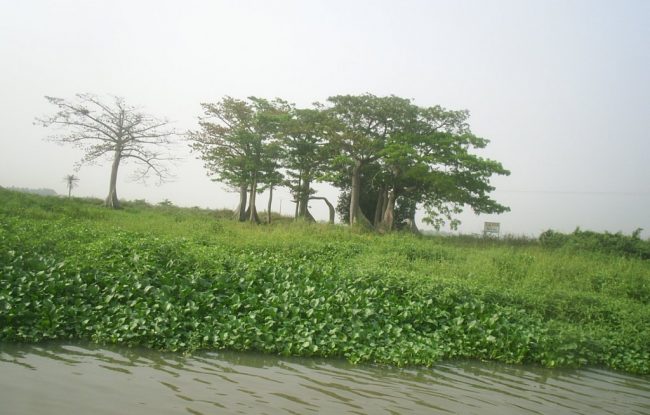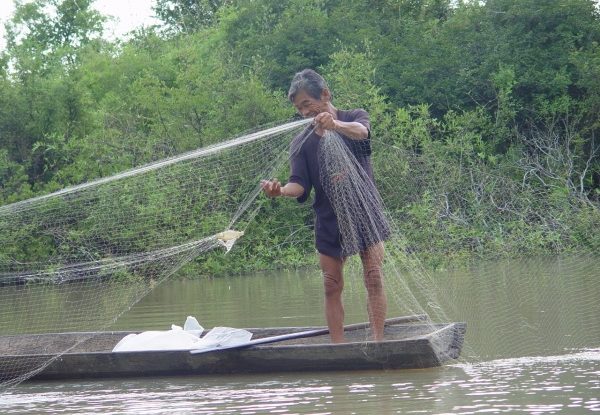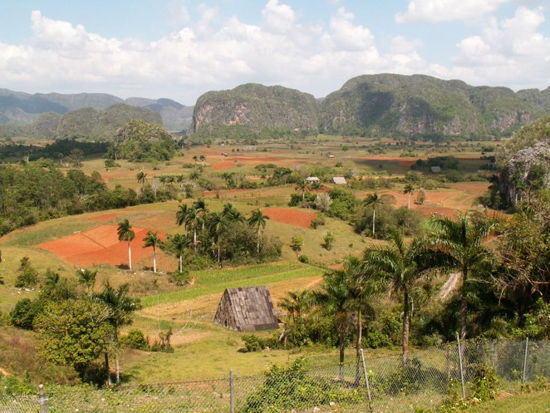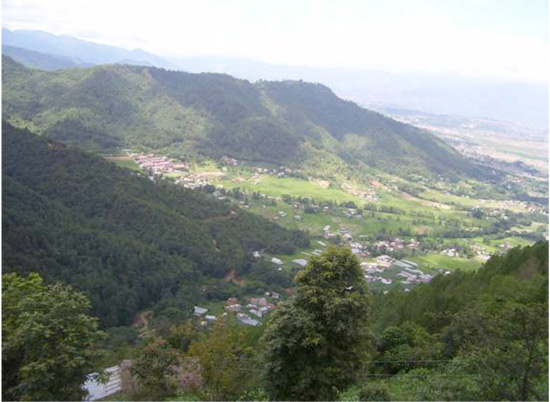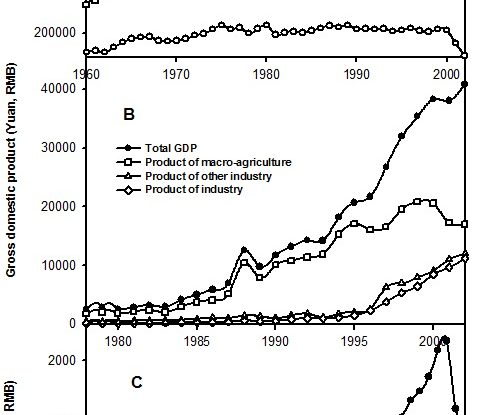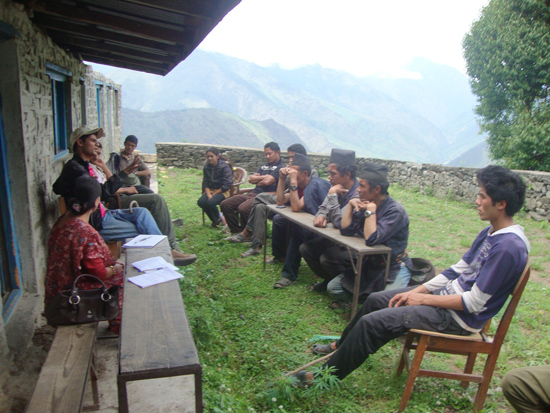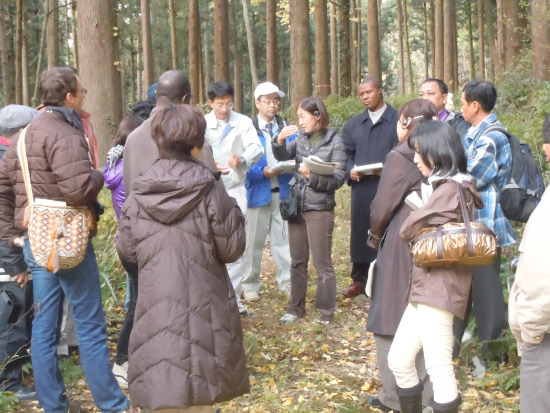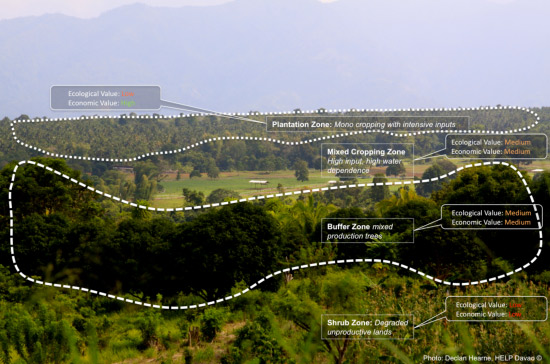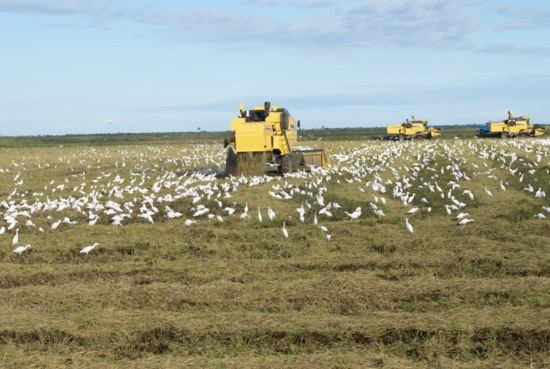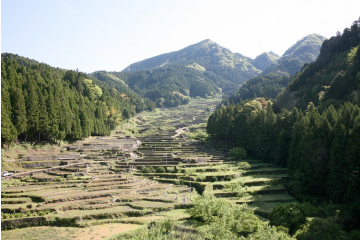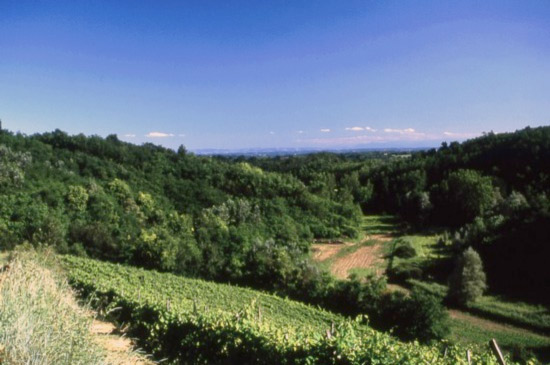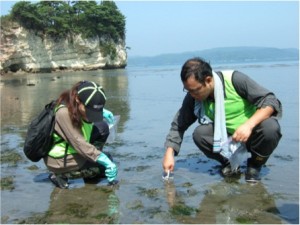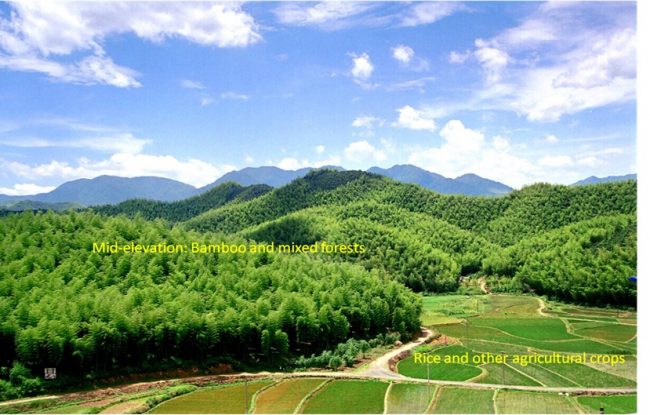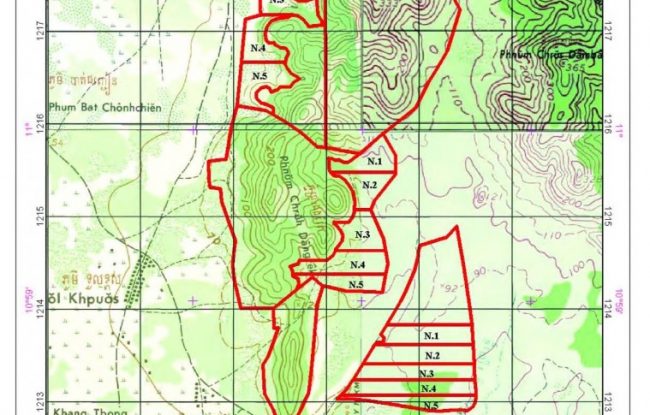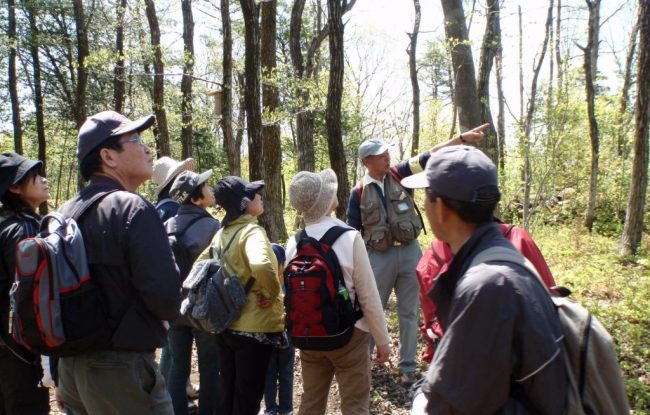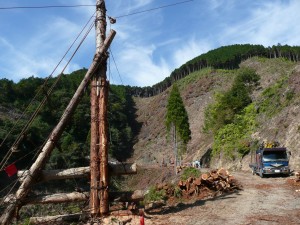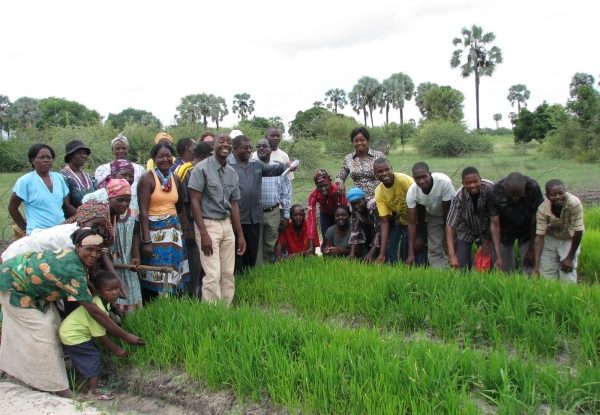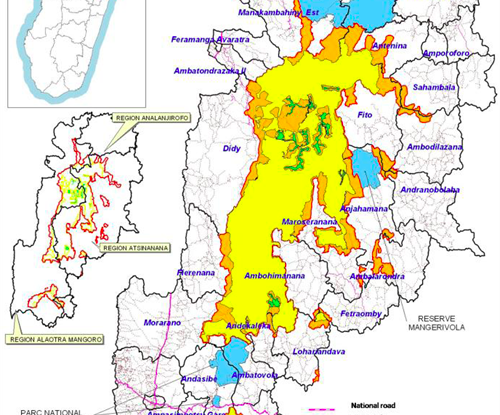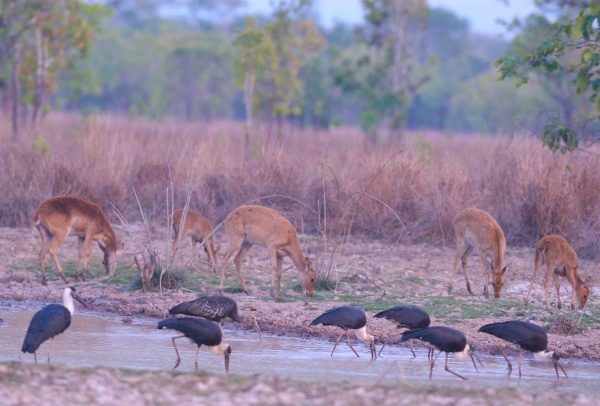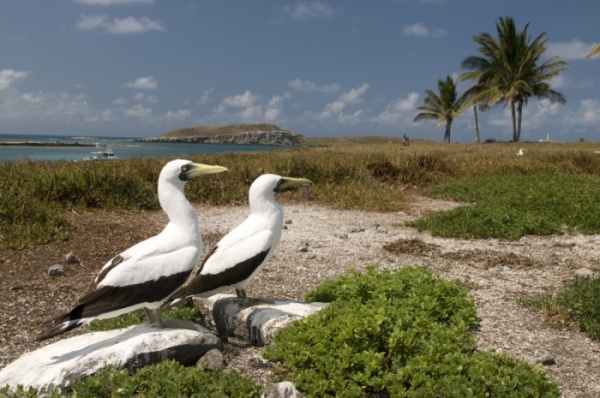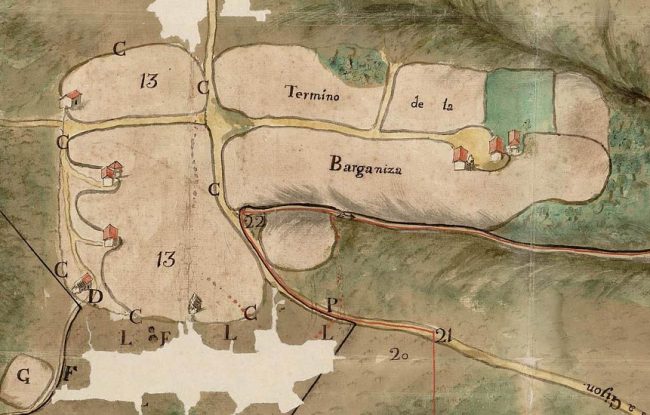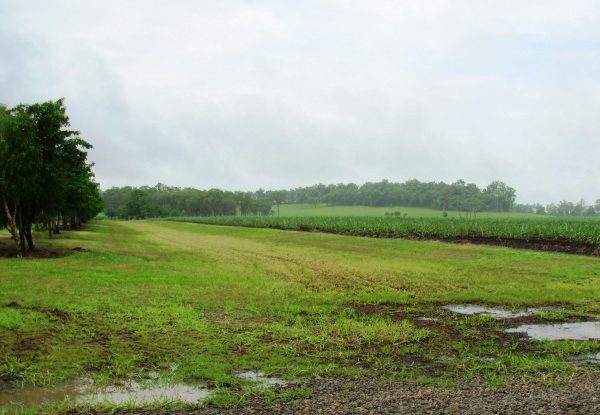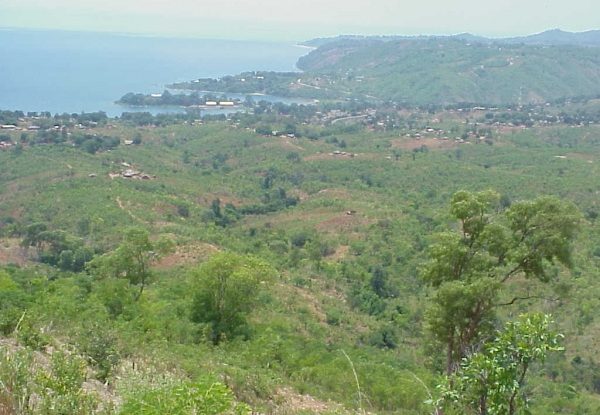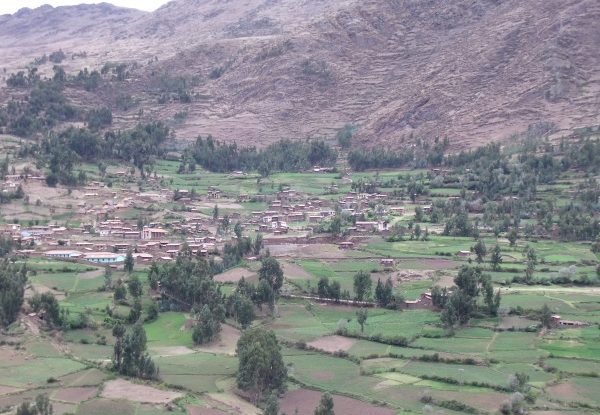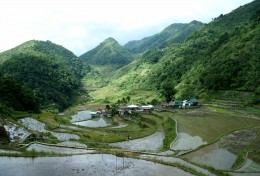


 Australia
Australia Austria
Austria Brazil
Brazil China
China Cuba
Cuba Fiji
Fiji Germany
Germany Ghana
Ghana India
India Indonesia
Indonesia Iran
Iran Italy
Italy Japan
Japan Kenya
Kenya Nepal
Nepal Nigeria
Nigeria Philippines
Philippines Romania
Romania Saudi Arabia
Saudi Arabia Slovakia
Slovakia South Korea
South Korea Sri Lanka
Sri Lanka Syria
Syria Taiwan
Taiwan United States
United States Vietnam
Vietnam

Loading
The Vava’u archipelago in the Kingdom of Tonga was identified as a priority area by the Tongan Government for implementation of a Global Environment Facility (GEF) funded biodiversity conservation project executed by the Secretariat of the Pacific Regional Environment Programme.…
North Western Ghats is known for rich cultural and biological diversity, but is under accelerating anthropogenic pressure because the area is sparsely covered by protected areas and most forests in the area are owned by communities. Insufficient community awareness of the role of biodiversity and ecosystem services in their livelihood, as well as their limited incentives to conserve these elements have resulted in mass scale replacement of forests into commercial monocrop plantations, biodiversi…
Our case study is focused on common land and especially on mountain pastures as the most often manifestation of common land in Slovenia by using the example of Velika planina Plateau located in the centre of Slovenia.…
Since 2011, the Forestry Bureau, COA, has been subsiding EEFT for promoting the "Gongliao-Terraced-Paddy-Field Conservation Program" in the Shungxi River Valley, which is one of the largest watershed in Northern-Eastern Taiwan.…
Sustainable use provisions under article 10(c) of the Convention on Biological Diversity (CBD) require States Parties to …” protect and encourage customary use of biological resources in accordance with traditional cultural practices that are compatible with conservation and sustainable use requirements.”…
This Study is a collaborative action research activity participated in by community members.…
This research project studied the sustainable, customary use of biological resources by highland communities in Northern Thailand.…
In Uganda, native vegetation outside protected areas is being rapidly lost to conversion to crop fields. Even the fruit trees that had been maintained in a traditional ‘parkland’ agroforestry system in smallholder farms is now cut and exploited for charcoal production. The vegetation loss cannot be easily halted when tangible economic and subsistence benefi ts are not being realised from these trees. The NGO Nature and Livelihoods therefore aimed to explore the potential to develop high value ma…
Poor ecological status and socio- economic conditions in the coastal areas of Camana represent the degraded semi-arid and sub- humid tropical zones of Peru. The area thus requires the development of alternative social, economic and environmental activities adapted to water scarcity, in order to support the restoration of degraded ecosystems and to improve the living conditions of local communities. This project evaluated the results and impacts of two previous projects that restored Caesalpinea …
In Austria, being a very mountainous country, central elements of the cultural landscape (= SEPLs) are mountain meadows and pastures.…
Since its establishment in 2012, Hokusetsu Satoyama Leader Training Session has aimed to acquire a deeper understanding of satoyama and develop active human resources for enhancing satoyama activities.…
Congjiang County is located in the southeast of Qian Dongnan Miao and Dong Autonomous Prefecture of Guizhou Province, China.…
Senegal imports six times more rice than it produced. In order to reduce the cereal deficit, the Senegalese government has undertaken the restoration and valorisation of saline soils.…
In Thailand, Karen people’s traditional livelihood system is recognised by the Ministry of Culture as an important heritage of the country based on a Thai Cabinet Resolution in 2010. Further, the revision of the Resolution in 2013 recognised the Karen people’s rotational farming system as a cultural herigage. Regardless of these national policies, the Karen’s socio-ecological production system in Mae Umphai village was placed under the threat of replacement due to commercial corn production. As …
Conventional tea farming in Taiwan requires the application of herbicides and pesticides to control pests, which cause serious negative impacts on the surrounding biodiversity. In Hualien County of eastern Chinese Taipei, however, at least two tea farming families completely stopped the use of pesticides and are using tea pests as their allies to produce a value-added tea product. Tea leaves damaged by green leafhopper, a species formerly considered as a pest, gave the tea a unique honey flavour…
Many cultural landscapes of Russia are located in rural areas where living standards are low, unemployment rate is high, and economy is prioritised over the preservation of local cultures. Protected area managers and other key stakeholders do not have enough skills, knowledge or resources to effectively manage cultural and socio-ecological landscapes. The Environmental Education Center Zapovedniks therefore implemented this project to foster the capacity of and collaboration between protected ar…
The overall goal of the project is to mainstream biodiversity conservation into the cocoa growing landscape in the Kakum Conservation Area.…
The Katmandu Forestry College (KAFCOL) was requested by the Nepali Government to review the national Biodiversity Strategy (2002) and Implementation Plan (2006-2010) to provide a foundation for the revision of the National Biodiversity Strategy and Action Plan (NBSAP). In this context, and with an aspiration for realistic biodiversity planning, KAFCOL focused on a bottom-up development of local biodiversity strategy and action plans (LBSAPs) with Village Development Committees (VDCs), the smalle…
Mangroves are considered one of the world's most productive ecosystems (RAMSAR Convention).…
Lack of access to modern energy amongst the poor inIndia is a major roadblock towards the achievement of Millennium Development Goals (MDGs) and a crucial development challenge facing the country. More than 400 million Indians lack adequate access to electricity/alternate energy, which inhibits education, income generation, and access to information.…
On the bases of data/information collected by CIMR through its different research programs in this area it has been estimated that deforestation caused drastic impacts on environment, biodiversity and people of the villages around Ayubia National Park (ANP).…
Increasing economic and population growth in Indonesia has increased the demand for more protein. This growth has led to intensification of livestock production.…
Cambodia supports globally important populations of wide-ranging, large-bodied bird species that are threatened by agricultural intensification and expansion, trade-driven hunting and chick/egg collection at nest sites. To address this problem of escalating biodiversity loss in the Northern Plains and Tonle Sap Lake and Floodplain and encourage community participation, the Wildlife Conservation Society (WCS) and partners designed a project with three financial incentive schemes.…
Pogány-havas Regional Association (www.poganyhavas.ro) is a regional development organisation founded in 1999 by Hargita County Council and the local councils of six municipalities as well as local NGOs and entrepreneurs. It works on a range of projects to increase local incomes, preserve the region's cultural heritage, develop tourism and conserve the natural environment.…
Overseas Environmental Cooperation Center, Japan (OECC) Technical Committee commenced a scheme “the SATO Village Framework Development Plan in Lao People’s Democratic Republic (Laos)” in fiscal year 2008.…
his report examines biodiveristy and social interaction in Cyprus’ Buffer Zone, as re-claimed by nature and human activity.…
In 2005, the idea of landscape/seascape conservation was introduced into the amended Cultural Heritage Preservation Act as a new legal subject entitled ‘Cultural Landscape' in Taiwan.…
Cambodia is a country being rich in natural resources, especially forests that cover 59.09 percent of the country (FAO, 2010).…
n Wakasa Town, we are promoting efforts for resident cooperation in passing down a bountiful environment to future generations, and continuing a town development policy based on environmental preservation.…
In 1966, “Cheburashka” was introduced as a character in children's literature, and since 1969 its stop-motion animated films have been among the most popular cartoon films in Russia.…
The paper discussed the concept, the eventual organization, goals, activities, challenges and strategies, as well as the future plans of the Earth Ambassadors of the Faculty of Management and Development Studies (FMDS), University of the Philippines Open University (UPOU), Los Banos, Laguna, Philippines. Additionally, it gave insight on how this project will help in addressing the lack of interest and concern in natural resources management, biodiversity conservation, environmental advocacy and …
Uganda's forests contain 109 million metric tons of carbon in living forest biomass.…
Community Development to Live in Harmony with the Oriental White Stork in Toyooka City, Hyogo, Japan
Since the disappearance of the Oriental White Stork, Toyooka City in Hyogo Prefecture has been trying for about half a century, to set up a scheme to reintroduce the Oriental White Stork to the city.…
Wildlife Watch Group (WWG) seeks to move ahead to attain the vision for wildlife management in Kanchanjunga conservation Area (KCA).…
Cuchillas del Toa Biophere Reserve (RBCT) has the major conservation levels of endemism and sweet water reserve of Cuba and the Caribbean area.…
The German Association for Landcare (DVL) is the umbrella organization of 155 Landcare Associations (Landschaftspflegeverband, LA) distributed all over Germany.…
Drylands in Uganda occur as a strip of dry country stretching from the northeast to the southwestern borders of the country, commonly known as the “Cattle Corridor”.…
In spite of their global significance, many lakes and other inland waters around the world are in a critical condition and will be most severely affected by the global warming and various human interventions because of their lentic (static) nature as water systems.…
A model of community forest management was structured at the Lake Chapala basin (Mexico), which has been applied under real conditions since 2002 with 11 rural communities.…
Governance of Himalayan lakes conservation in Nepal follows a long history from forest conservation to biodiversity conservation, wetlands conservation and then to lake conservation with formal establishment of National Lake Conservation Development Committee (2006).…
Lake Yeshwantsagar created by Ujjani Dam backwaters in South Maharashtra, India on Bhima River is a case of downstream rural water rights trampled by gross lacunae in upstream urban culture, city and regional planning of entire catchment.…
Western part of India is a rich treasury of forest and natural water bodies. This is also a dominant habitat of many ethnic races having harmonious association with plants, animals and water bodies for years together.…
Tadlac Lake is one of the eight crater lakes within the Laguna de Bay watershed. It was used heavily for aquaculture until the late 1990’s until a massive fishkill occurred in 1999.…
his study was commissioned to be included in the publication “Socio-ecological Production Landscapes in Asia”.…
This study was commissioned to be included in the publication “Socio-ecological Production Landscapes in Asia”.…
This study was commissioned to be included in the publication “Socio-ecological Production Landscapes in Asia”. This chapter provides an overview of the marshes and their traditional use in the area.…
This study was commissioned to be included in the publication “Socio-ecological Production Landscapes in Asia”. This chapter provides an overview of swidden cultivation and natural resource use by ethnic groups in the area.…
This study was commissioned to be included in the publication “Socio-ecological Production Landscapes in Asia”. This chapter provides an overview of olive cultivation in northwestern Syria.…
This study was commissioned to be included in the publication “Socio-ecological Production Landscapes in Asia”. This chapter provides an overview of pastoralism and oasis farming in the area.…
This study was commissioned to be included in the publication “Socio-ecological Production Landscapes in Asia”. This chapter provides an overview of the area and its mangrove forests.…
This study was commissioned to be included in the publication “Socio-ecological Production Landscapes in Asia”. This chapter provides an overview of SEPLS practices in the northern region of the Kyrgyz Republic as an example of landscape-management practices in the region.…
This study was commissioned to be included in the publication “Socio-ecological Production Landscapes in Asia”. This chapter provides an overview of rangeland management and pastoralism in the area.…
This study was commissioned to be included in the publication “Socio-ecological Production Landscapes in Asia”. This chapter provides an overview of rice terrace landscapes and irrigation associations in the area.…
This study was commissioned to be included in the publication “Socio-ecological Production Landscapes in Asia”. This chapter provides an overview of homegardening in southern India and the Andaman and Nicobar Islands.…
This study was commissioned to be included in the publication “Socio-ecological Production Landscapes in Asia”. This chapter provides an overview of efforts towards conservation of the Crested Ibis by improving its habitat in agricultural lands as an example of landscape-management practices in the region.…
This study was commissioned to be included in the publication “Socio-ecological Production Landscapes in Asia”. This chapter provides an overview of the qanat water management and irrigation system in Iran.…
This study was commissioned to be included in the publication “Socio-ecological Production Landscapes in Asia”. This chapter provides an overview of rice cultivation, woodland coppicing and other agricultural production in the Noto and Kaga regions.…
This study was commissioned to be included in the publication “Socio-ecological Production Landscapes in Asia”. This chapter provides an overview of sacred forests and their management throughout India.…
This study was commissioned to be included in the publication “Socio-ecological Production Landscapes in Asia”. This chapter provides an overview of paddy rice cultivation and freshwater fishing in the area.…
This study was commissioned to be included in the publication “Socio-ecological Production Landscapes in Asia”. This chapter provides an overview of tank irrigation and agriculture in the area.…
This study was commissioned to be included in the publication “Socio-ecological Production Landscapes in Asia”. This chapter provides an overview of SEPLS practices in the highlands of Sichuan Province as an example of landscape-management practices in the region.…
This study was commissioned to be included in the publication “Socio-ecological Production Landscapes in Asia”. This chapter provides an overview the traditional “maeul” agricultural landscape of the Korean Peninsula.…
The necessity of regenerating forests and making the forestry sector more beneficial to Vietnamese people is widely agreed upon.…
Traditional knowledge of maintaining the balance of the different parts of the land is a primary consideration in territorial management among indigenous peoples.…
The Cordillera Blanca is one of the most spectacular mountain landscapes in Peru, famous for a variety of high peaks over 6,000masl and its numerous glaciers.…
The IPCCA is an indigenous initiative which brings together indigenous communities and organizations from a diversity of fragile and biodiverse ecosystems and socio-ecological production landscapes to assess the impacts of climate change and build responses that enable continued resilience and strengthen a harmonious relationship between people and nature.…
Since 2007, with the support of the UNEP/GEF funded Siberian Crane Wetland Project, various community development activities in the Beizifu community have been carried out at Ke’erqin National Nature Reserve in the Inner Mongolia Autonomous Region.…
In the Jomon Era, the Japanese Archipelago was covered with virgin forests and wetlands, where people’s lives were integrated with hunting and fishing. With the introduction of agricultural civilization, they converted the wetlands into paddies and built ditches and irrigation ponds.…
The International Tropical Timber Organization (ITTO) has funded over 1,000 projects and activities contributing to its mandate to promote sustainable forest management (SFM) in the tropics over the Organization’s 25-year history.…
The Swabian Alb, in the South-Western part of Germany, is one of the country’s most small-scale and diverse cultural landscapes with rich biodiversity and ecosystem services.…
On-Farm Conservation of Plant Genetic Resources: A Case Study from Wayanad District of Kerala, India
This paper describes the plant genetic resources of food and agricultural value that occur in Wayanad district - a hot-speck in the world biodiversity hotspot of Western Ghats.…
Considered as birthplace of vodoun, Benin contains many scattered patches of forest and tree groves of primary religious, ethno-botanical and conservation significance known as sacred forests.…
Wetlands play a key role in helping to sustain river systems health. They have important hydrological functions such as recharge of groundwater, improvement of water quality and flood alleviation.…
Agrobiodiversity, or agricultural biodiversity, includes all the components of biological diversity of relevance to food and agriculture, as well as the components of biological diversity that constitute the agro ecosystem: the variety and variability of animals, plants and micro organisms, at the genetic, species and ecosystem levels, which sustain the functions, structure and processes of the agro ecosystem.…
Community Forestry is increasingly recognized as a means for promoting sustainable forest management and restoring degraded forests for enhancing the forest condition as well livelihoods of low income people and forest dependent communities worldwide.…
Urbanization is often regarded as a pressure on rural and agricultural land use. But in this article, using a case study in central Hunshandak Sandland in Inner Mongolia, China, it was demonstrated that urbanization has potential benefits for the restoration of degraded grassland.…
This report is part of the case studies “Biodiversity Conservation through Domestication of High Value Medicinal Plants in Mountain Ecological Landscapes of Nepal” conducted in Rasuwa District of Nepal during the second half of 2011.…
JICA implemented training on biodiversity conservation and rural development for capacity development for developing countries and promotion of SATOYAMA Initiative in 2010.…
The Oriental White Stork (Ciconia boyciana) was a typical species of bird living in Satoyama areas in Japan.…
In the Davao Region of Southern Mindanao, Philippines, Integrated Water Resource Management (IWRM) has been a key framework for promoting sustainable land use in local ecosystems.…
Rice is the main food of the daily Cuban diet. In order to satisfy the national demand, some of Cuba’s wetlands have been converted for agriculture, including into rice paddies.…
Aichi has launched a new initiative aiming to create a society where humans and nature can live in harmony.…
Passerano Marmorito (hereafter referred to as “Passerano”) is a little village located in Piedmont, North-West Italy, in a hilly wooded region in the Asti province.…
The rich ecosystems of the Tohoku Pacific Ocean coastline suffered immense damage from the tsunami of 11th March 2011. Reviving of rich aquatic ecosystems is essential for renaissance of Tohoku.…
KENWEB has in the year 2011 been successful in working in all clusters proposed in the area of co-management of wetlands in East Africa.…
The sustainable harvesting of bamboo from natural and managed forests is an important livelihood activity for communities from much of China, Asia and the global South in general.…
On February 03, 2002, the Royal Government of Cambodia held commune/sangkat council elections nationwide.…
The Satoyama region in Nomi includes planted forest, secondary forest and paddy fields, which include many rare and endangered species, and which have been relatively unaffected by development in recent decades.…
Kanazawa University is a regional academic institute located in Ishikawa Prefecture, Japan where 70 percent of the land can be classified as satoyama (Nakamura 2006).…
Nobeoka City and Asahi Kasei are planning to sustainably utilize the forest resources of the watershed area of the Gokase River in Miyazaki for biomass power generation, in order to conserve biodiversity and reduce the use of fossil fuels.…
Wetlands in Kenya are an important and comparatively new field of research. Civil society has been a major actor on wetlands through advocacy and events animated by a National Wetland forum that holds regular monthly meetings, and petitions in court against prospective developers with unsound EIAs, but, this forum has so far had no scientific arm and often lacks the capacity to provide science-based advice to user communities and policy.…
The UNDP-GEF Community-Based Adaptation (CBA) project in Namibia addresses serious issues brought about by extreme climate events resulting from climate change.…
The Ankeniheny-Zahamena Corridor (CAZ) is a new protected area that encompasses one of the largest remaining blocks of rainforest in Madagascar.…
Cambodia's rural populations are heavily reliant on natural resources to support subsistence-based livelihoods.…
The Abrolhos Region off of Brazil’s southeast coast is a natural paradise for biodiversity and people.…
The aim of this research is the analysis of the dynamics of traditional agrarian landscapes with agras field system in Galicia, so as to provide new insights into their historical-cultural value and on their spatio-temporal distribution.…
The State of Queensland, in north-east Australia, is one of the country’s most biologically diverse regions and home to the “world’s oldest rainforest in existence”.…
Chindozwa’s respect for the environment is built on a past when trees were strategically maintained to ensure rainfall, fishing rituals called for sustainment of various plant materials, and other ritual practices also necessitated villagers conserve terrestrial and aquatic biodiversity.…
Since pre-Hispanic times, a co-evolutionary relationship built around management of biocultural resources with the mountain environment in Cusco Valley, Peru, has produced the “ayllu” mindset.…
380 km north of Manila, the Ifugao landscape is shaped by common forest, privately owned forest (muyong), cultivated land, swidden, rice paddies and terraces, common grasslands, and settlement areas.…



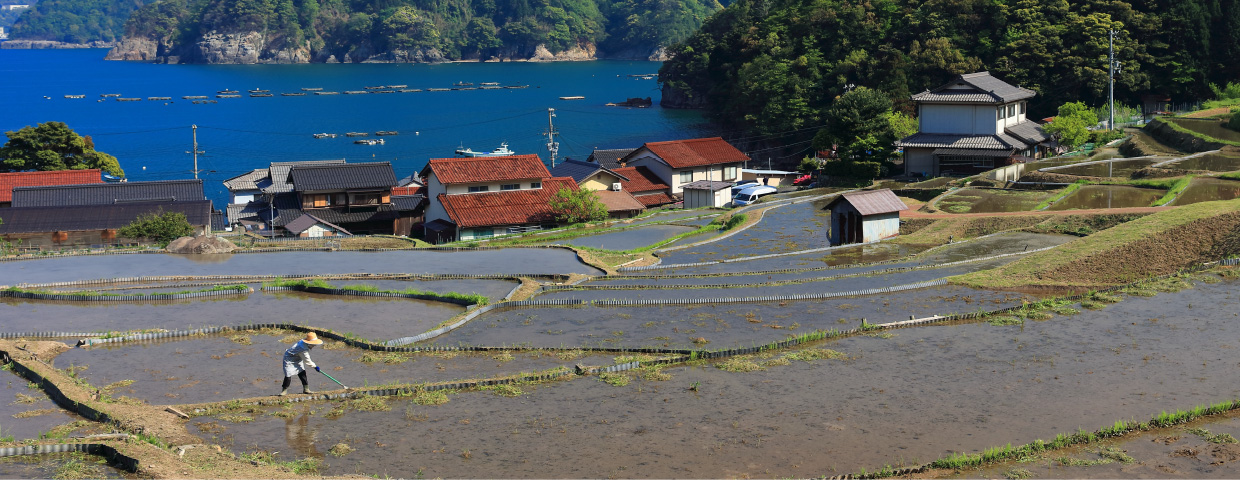






 Refine Search
Refine Search



